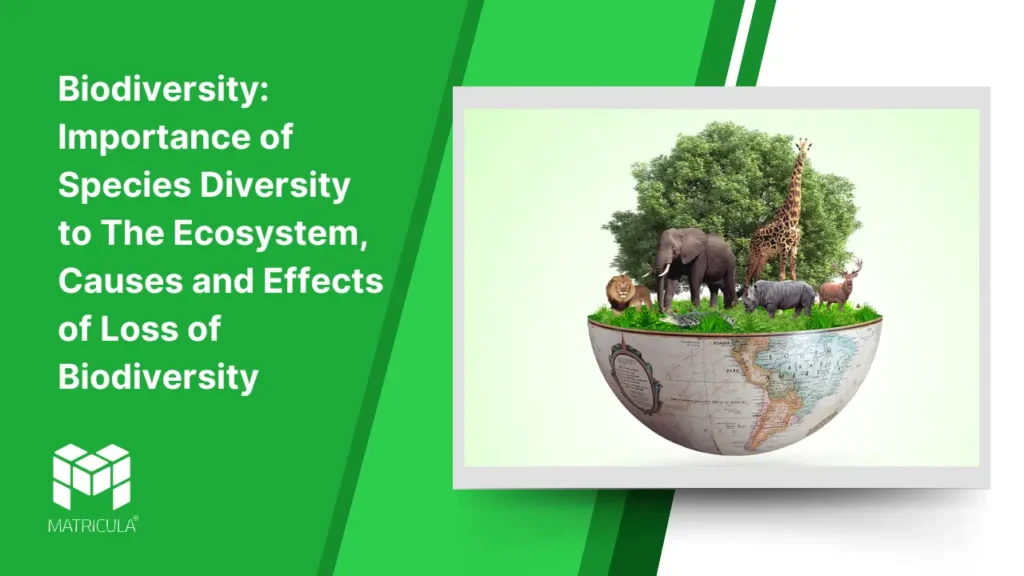Biodiversity encompasses the variety of life on Earth, including all organisms, species, and ecosystems. It plays a crucial role in maintaining the balance and health of our planet’s ecosystems. Among the different levels of biodiversity, species diversity—the variety of species within a habitat—is particularly vital to ecosystem functionality and resilience. However, human activities and environmental changes have significantly impacted biodiversity, leading to its decline. This article explores the importance of species diversity, the causes of biodiversity loss, and its effects on ecosystems and human well-being.
Importance of Species Diversity to the Ecosystem
Species diversity is a cornerstone of ecosystem health. Each species has a unique role, contributing to ecological balance and providing critical services such as:
Ecosystem Stability: Diverse ecosystems are more resilient to environmental changes and disturbances, such as climate change or natural disasters. A variety of species ensures that ecosystems can adapt and recover efficiently.
Nutrient Cycling and Productivity: Different species contribute to nutrient cycling, soil fertility, and overall productivity. For instance, plants, fungi, and decomposers recycle essential nutrients back into the soil.
Pollination and Seed Dispersal: Pollinators like bees and birds facilitate plant reproduction, while seed dispersers ensure the spread and growth of vegetation.
Climate Regulation: Forests, wetlands, and oceans—supported by diverse species—act as carbon sinks, regulating the Earth’s temperature and mitigating climate change.
Human Benefits: Biodiversity provides resources such as food, medicine, and raw materials. Cultural, recreational, and aesthetic values also stem from species diversity.
Causes of Loss of Biodiversity
Several factors, most of which are anthropogenic, contribute to biodiversity loss:
Habitat Destruction: Urbanization, deforestation, and agriculture often result in habitat fragmentation or complete destruction, leading to the displacement and extinction of species.
Climate Change: Altered temperature and precipitation patterns disrupt ecosystems, forcing species to adapt, migrate, or face extinction.
Pollution: Contamination of air, water, and soil with chemicals, plastics, and waste harms wildlife and degrades habitats.
Overexploitation: Unsustainable hunting, fishing, and logging deplete species populations faster than they can recover.
Invasive Species: Non-native species introduced intentionally or accidentally often outcompete native species, leading to ecological imbalances.
Diseases: Pathogens and pests can spread rapidly in altered or stressed ecosystems, further threatening species.
Effects of Loss of Biodiversity
The decline in biodiversity has profound and far-reaching consequences:
Ecosystem Collapse: Loss of keystone species—those crucial to ecosystem functioning—can trigger the collapse of entire ecosystems.
Reduced Ecosystem Services: Biodiversity loss undermines services like pollination, water purification, and climate regulation, directly affecting human livelihoods.
Economic Impacts: Declines in biodiversity affect industries such as agriculture, fisheries, and tourism, resulting in economic losses.
Food Security Risks: The reduction in plant and animal diversity threatens food supply chains and agricultural resilience.
Health Implications: Loss of species reduces the potential for medical discoveries and increases vulnerability to zoonotic diseases as ecosystems degrade.




